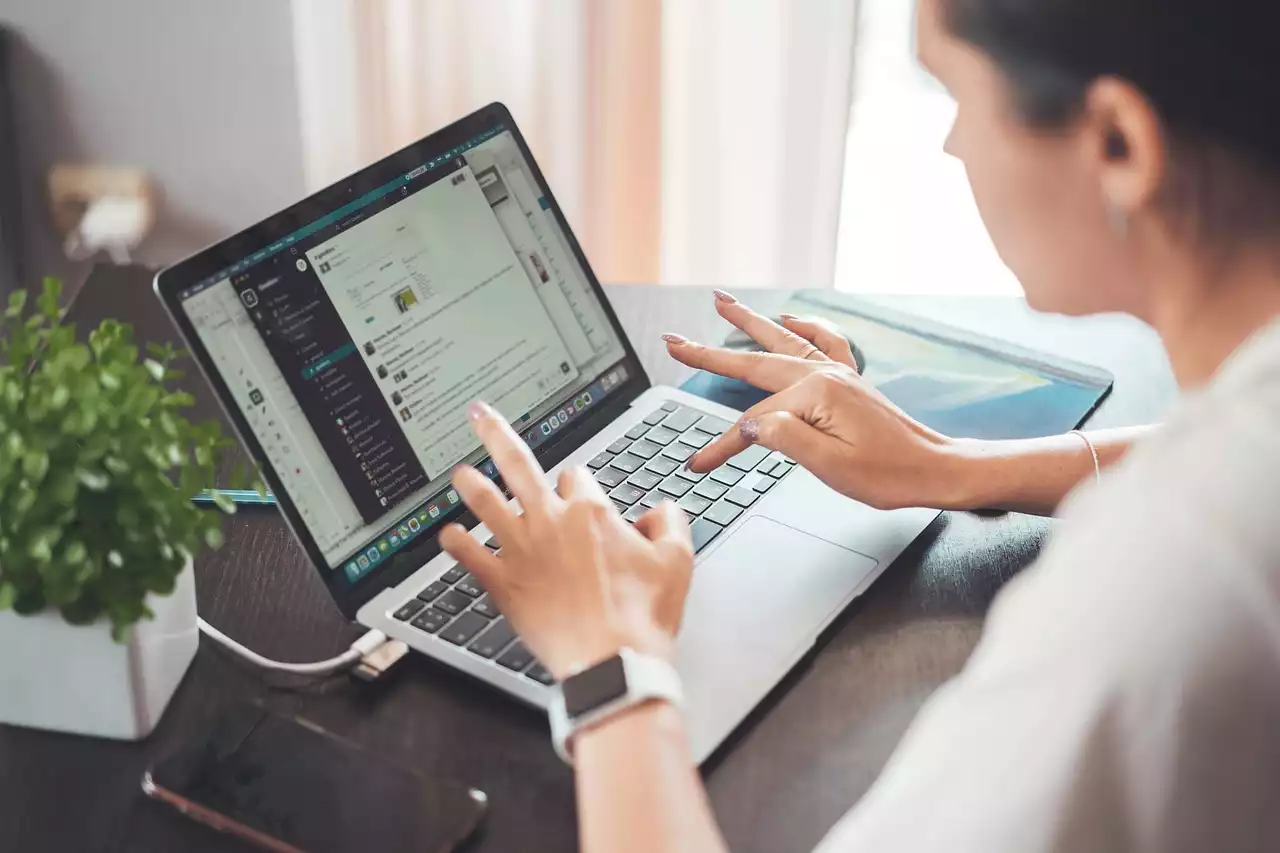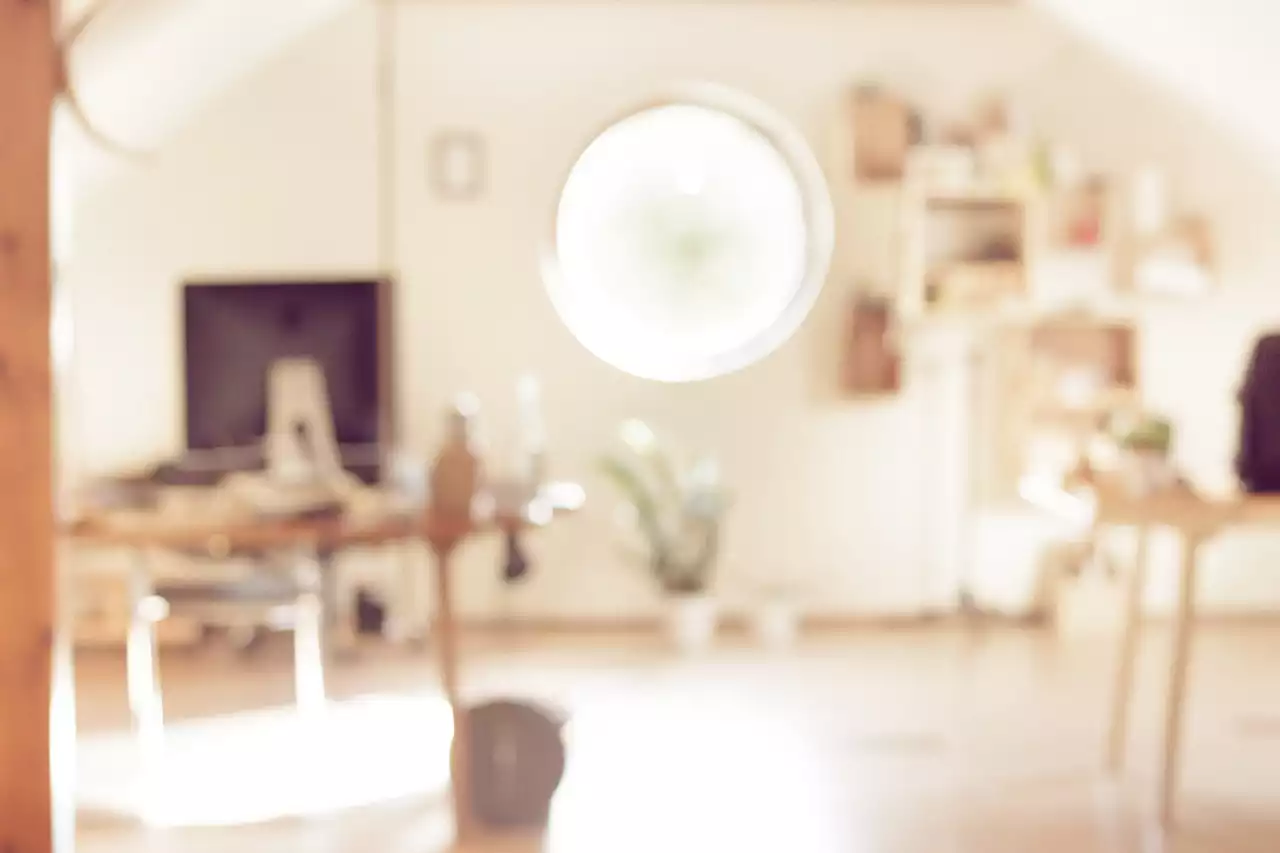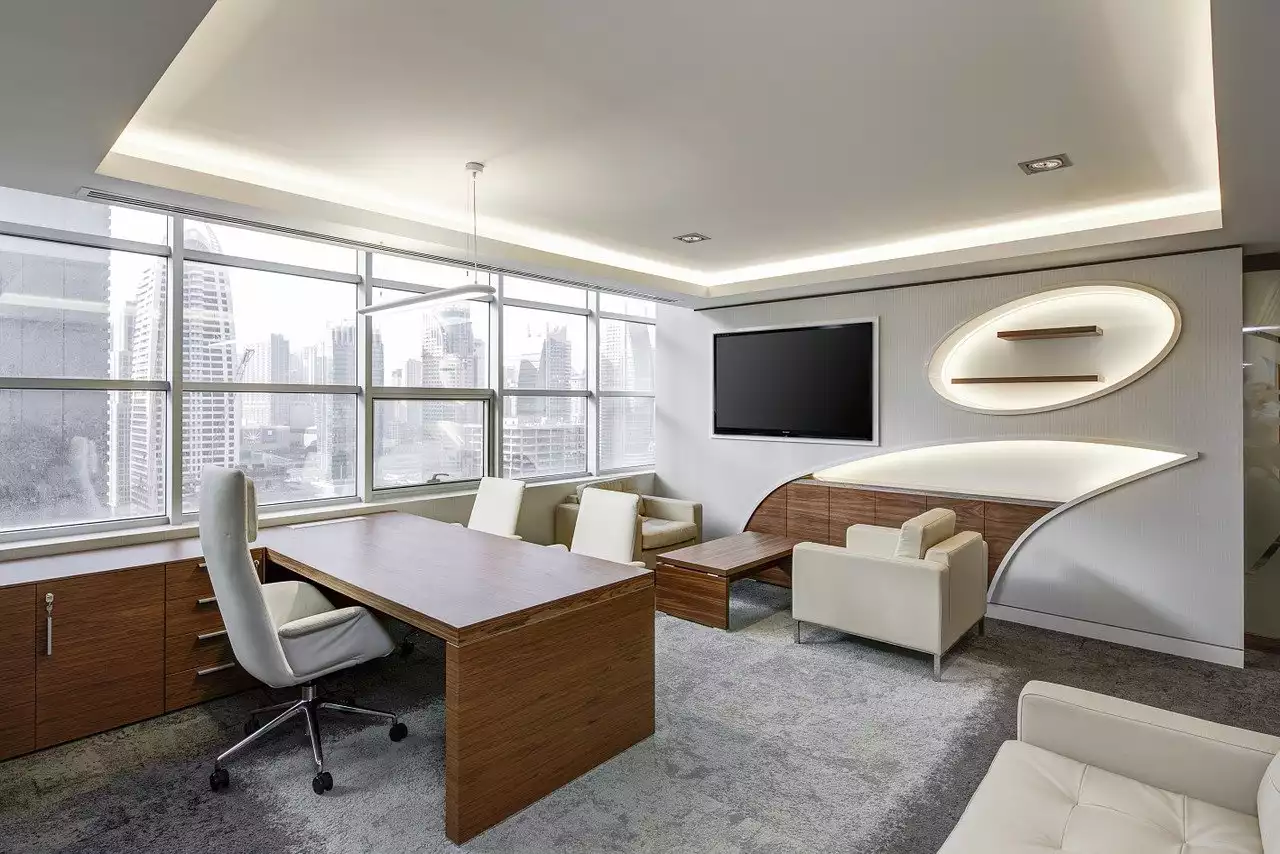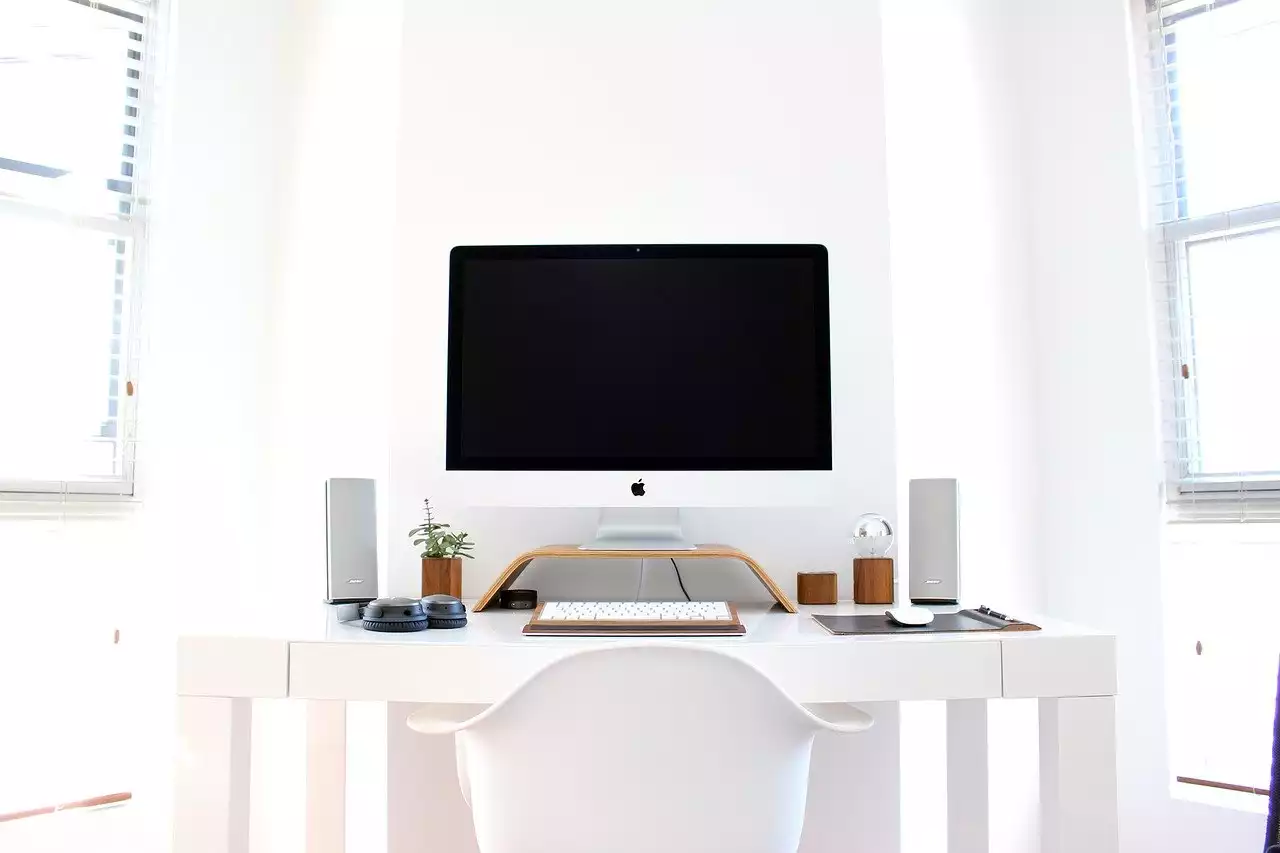Factors to Consider When Designing a Home Office Layout
When designing a home office layout, it's important to consider several factors to ensure that you create a space that is both functional and inspiring. Here are some factors to consider:
Space
First and foremost, consider the amount of space you have available for your home office. This will determine the size of the furniture you can use and the layout options available to you.
Functionality
Secondly, consider the type of work you will be doing in your home office. Will you be using a computer or laptop all day, or will you also need space for paperwork and other materials? This will determine the type of desk and storage solutions you need.
Comfort
Comfort is also an essential factor to consider. You'll want to make sure your home office is comfortable enough to work in for extended periods without causing any physical strain or discomfort.
Aesthetics
Lastly, consider the overall aesthetics of your home office. A visually appealing workspace can help boost your motivation and productivity.
The Importance of Ergonomics in Home Office Design
Ergonomics is the science of designing a workspace to fit the needs of the user. When it comes to a home office, ergonomics is crucial in ensuring that you create a workspace that is comfortable and reduces the risk of injury or strain.
Desk and Chair
One of the essential elements of a home office is the desk and chair. When selecting a desk and chair, make sure they are adjustable to fit your body's needs. The desk should be at a height that allows for comfortable typing and mouse use, and the chair should provide adequate support for your back and arms.
Monitor Placement
Another crucial element to consider when it comes to ergonomics is the placement of your monitor. The top of the monitor should be at or slightly below eye level to reduce neck strain.
Keyboard and Mouse
Lastly, consider your keyboard and mouse placement. They should be positioned in a way that allows for comfortable use without straining your wrists or arms.
Ergonomics Expert Explains How to Set Up Your Desk | WSJ Pro Tip
The Benefits of Natural Lighting in a Home Office
Natural lighting can have a significant impact on our mood and productivity. Exposure to natural light has been linked to improved sleep quality, reduced stress, and increased productivity.
Positioning of Your Desk
When setting up your home office, consider positioning your desk near a window to take advantage of natural light. However, be mindful of any glare on your computer screen, which can cause eye strain.
Use of Artificial Lighting
If natural light isn't available or sufficient, invest in high-quality artificial lighting. Choose bulbs that mimic natural light, as this can help improve your mood and energy levels.
The Role of Color Psychology in Home Office Productivity
Color psychology is the study of how colors affect our mood and behavior. When it comes to designing a home office for productivity, color can play a significant role.
Blue
Blue is a calming color that can help promote focus and concentration. Consider using blue in your home office if you need to stay focused for extended periods.
Green
Green is a soothing color that can help reduce stress and anxiety. It's also associated with creativity and innovation, making it a great color to use in a home office.
Yellow
Yellow is a bright, energizing color that can help boost your mood and energy levels. However, be careful not to overuse it, as it can also be overstimulating.
Red
Red is a stimulating color that can help increase energy levels and promote motivation. However, it can also be overwhelming, so use it in small doses.
Neutral Colors
Neutral colors, such as white, gray, and beige, can create a calming and minimalist workspace. They are also versatile and can be paired with accent colors to add a pop of color.
The Best Home Office Layouts for Small Spaces
If you're working with limited space, it's important to choose a layout that maximizes your workspace's functionality. Here are some of the best home office layouts for small spaces:
Wall-Mounted Desk
A wall-mounted desk takes up minimal space and can be folded away when not in use. This is an excellent option for those who need a workspace but don't have a dedicated room for a home office.
Desk and Shelves
A desk with built-in shelves can provide storage and workspace in one. This is a great option for those who need a desk but also need additional storage space.
Corner Desk
A corner desk can be a great space-saving option for small rooms. It takes advantage of an otherwise unused corner and provides ample workspace.
60+ Best Home Office Design Ideas for Small Spaces 2020
The Best Home Office Layouts for Large Spaces
If you have a larger space to work with, you have more layout options available to you. Here are some of the best home office layouts for large spaces:
L-Shaped Desk
An L-shaped desk provides ample workspace and can be a great option for those who need to spread out while working. It also allows for easy access to multiple workstations.
U-Shaped Desk
A U-shaped desk takes up more space than an L-shaped desk but provides even more workspace. It's a great option for those who need a lot of desk space or have multiple workstations.
Standing Desk and Sitting Area
If you have a large space, consider incorporating a standing desk and a sitting area. This allows you to switch between sitting and standing throughout the day, which can help improve your posture and reduce the risk of injury.
The Importance of Organization in Home Office Productivity
A well-organized workspace can help improve productivity and reduce stress. Here are some tips for keeping your home office organized:
Declutter Regularly
Regularly declutter your workspace to keep it tidy and organized. This can help reduce stress and improve your focus.
Use Storage Solutions
Invest in storage solutions to keep your workspace organized. This can include file cabinets, bookshelves, and desk organizers.
Keep Your Desk Clear
Keep your desk clear of clutter to reduce distractions and improve productivity. Only keep essential items on your desk, such as your computer, phone, and a notepad.
Creative Storage Solutions for a Productive Home Office
If you're working with limited space, it's important to get creative with your storage solutions. Here are some ideas:
Wall-Mounted Shelves
Wall-mounted shelves can provide additional storage space without taking up floor space. Consider using them for books, files, or decorative items.
Under-Desk Storage
If you have a small desk, consider using under-desk storage solutions to keep your workspace organized. This can include rolling file cabinets or baskets.
Multi-Functional Furniture
Invest in multi-functional furniture, such as a desk with built-in storage or a storage ottoman. This can provide additional storage space while also serving another purpose.












